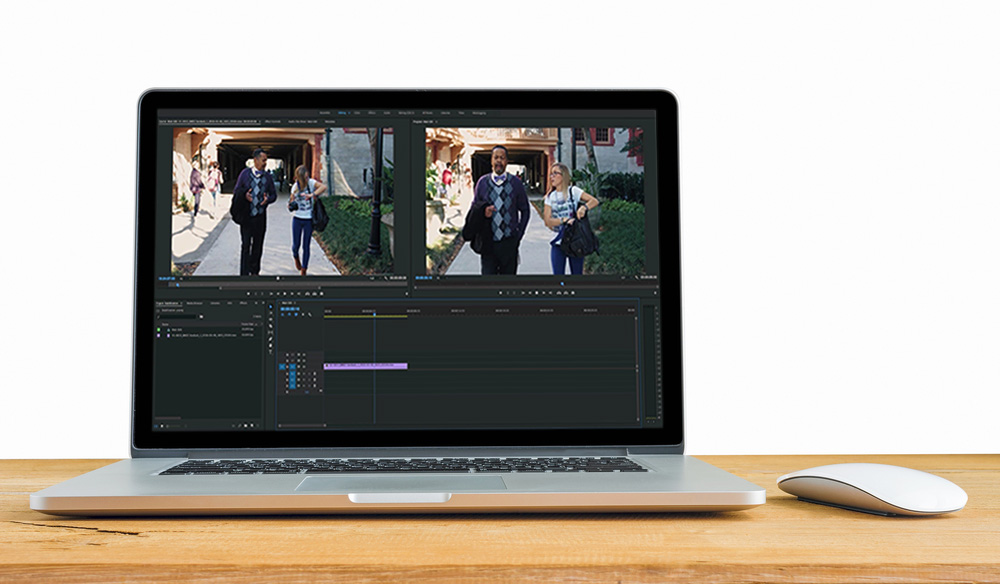
A quick fix for this is by right-clicking on your footage and clicking on Nest. This happens when in some cases when the resolution of your footage doesn’t match up with the resolution of your timeline. You might get an error claiming that your footage isn’t “Nested”.

In Adobe Premiere Pro, you might run into a few different issues when it comes to stabilizing your footage. Cleaning it up with the Warp Stabilizer is a more common occurrence than you might think. You may have shaky footage because you were shooting handheld or you didn’t have access to a gimbal. One of the most basic must-know video editing tricks is stabilizing shaky footage. Shooting with a deep depth of field stops your movement from looking like jello once you add the stabilization effect to it. Here’s how you can stabilize it in post in Adobe Premiere Pro. Now, this is a tricky one since a shallow depth of field gives footage that “cinematic” look, and shooting with a deep one gives it a more “flat” and “amateurish” look if you don’t know what you’re doing. The second thing has to do with the depth of field.

It removes jitter caused by camera movement, making it possible to transform shaky, handheld footage into steady, smooth shots. Stabilization effects can often fall apart and get the jitters (that jello look) under these conditions. Apply and remove effects You can fix shaky video in Premiere Pro with the Warp Stabilizer effect. Stabilization software is great but can be incredibly demanding under low-light conditions. The first is to always make sure you record in a well-lit environment. Both of them have to do with how you shoot your video.

When you’re shooting your videos, there are two things to keep in mind if you know you’re going to be stabilizing the video in post-production. Tips for stabilizing video in Premiere Pro


 0 kommentar(er)
0 kommentar(er)
